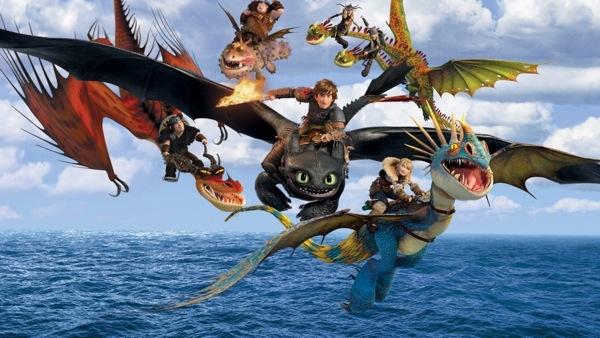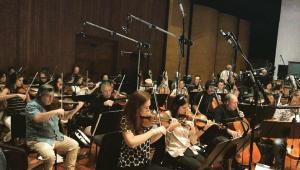When it comes to standard-ish animation I definitely prefer anime.They've definitely upgraded thier visual performance and it's getting better year after year. That said CG animated movies seem to be pushing the edge when it comes to visual performance when it's done right. More important;y it looks good on most TV's.
Let me also add in that in an age where remakes are common animated movies are becoming the most creative and unique movie you can watch now.

































































